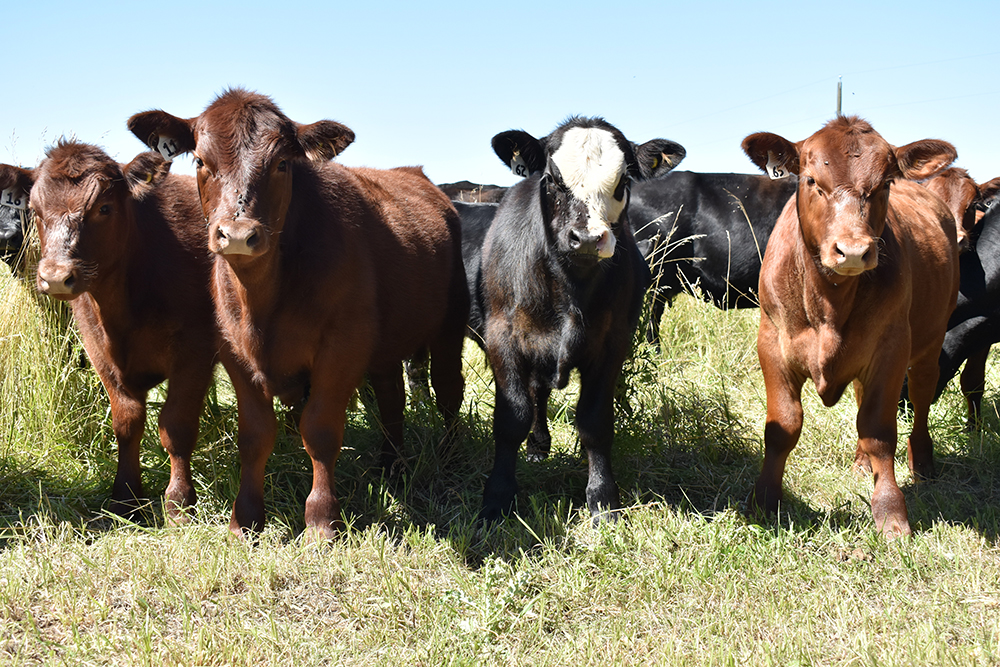You don’t need to be a vegan to know that livestock and poultry aren’t “harvested,” the squeaky clean verb that’s become fashionable among farm and ranch groups to minimize the end — as in, The End —of most animals their members raise.
Soybeans are harvested; pigs are slaughtered. Wheat is harvested; cattle are slaughtered.
It’s not a minor point, insists C. Robert Taylor, eminent scholar of agricultural economics and public policy at Auburn University, in his recently released treatise on today’s badly broken cattle markets.
Read Also

Budget seen as fairly solid, but worrying cracks appear
The reaction from the agriculture industry to prime minister Mark Carney’s first budget handed down November 4th has been largely positive.
Taylor telegraphs the paper’s theme through its title, Harvested Cattle, Slaughtered Markets?
The semantic sarcasm isn’t accidental. While American farm and commodity groups spent decades polishing meat’s image with terms like “harvesting,” global agribusiness spent its time and resources buying up, then dominating — ahem, slaughtering — farm and food sectors such as seed, cattle, poultry, and grocery retailing.
Now, one market, cattle, is so near death that the U.S. Senate and House of Representatives agriculture committees recently held hearings to push ideas on how to resuscitate it.
Two plans were showcased. The first “would create a new U.S. Department of Agriculture office to monitor for anti-competitive practices in the meat and poultry industries,” reported the Washington Post April 27.
The second, labelled the Cattle Price Discovery and Transparency Act, hopes to establish “minimums for negotiated sales and require clear reporting of marketing contracts to ensure ranchers are getting a fair shake in a highly consolidated cattle market.”
Either or both ideas may have had merit 20 years ago when it was already evident that major meat packers were tightening their grip on cattle markets. Today, however, both plans are window dressing from late-to-the-party politicians. Neither will have a nickel’s worth of impact on prices paid by packers for cattle or for altering any “anti-competitive practices in the meat and poultry industries,” says Taylor.
Why? Because, as his readable, 49-page report makes clear, major packers long ago learned how to minimize competition in the live cattle market while maximizing confusion over today’s USDA maze of reporting requirements. The data bears witness to their ever-growing prowess at the expense of cattle growers and consumers.
Over the last two decades, Taylor writes, “retail beef prices in constant dollars have trended strongly upward… from about $500/cwt (per hundredweight) to over $700/cwt…. Grocery store profitability has also trended upward, about doubling in the last three decades…
“Profitability of independent cattle feeding has trended downward… from an average profit of $50/head to an average loss of $50/head.”
Moreover, these “sustained financial losses for independent feeders likely explain, in part or in whole, the loss of 83,000 feedlots with a thousand or fewer head capacity in 25 years and 48,000 in the last decade” alone.
These feedlots’ get-out-while-you-can math was simple, offers Taylor. The $50-per-head loss they faced in just the past decade alone would have totalled a devastating $1.5 million-per-feeder had they stayed.
Somehow, though, the uber-big feeders escaped similar losses and a similar fate. The number of feedlots with more than 50,000 head capacity actually increased from 45 in the late 1990s to 77 today. How?
“Sweetheart deals with large captive feeders” — independent feedlots contractually tied to one of the big four packers — “may explain, in part or in whole, how they have survived and even (grew) in the last decade…. Publicly available data on costs or returns for giant feedlots are not available to address this question.”
If neither congressional effort holds little to no hope to even partially repair today’s broken cattle market, what might?
Taylor offers four “options for further discussion.” All hold some merit, he explained in a May 9 telephone interview, but also, all require a level of government intervention that hasn’t been seen in most ag markets for decades.
“The bottom line,” Taylor says, “is that after decades of watching cattle markets become more integrated with meat packers and meat retailers, I don’t have a good solution that’s politically workable.”
Bottom line? If the experts say it’s slaughter, it’s slaughter.
Alan Guebert is an agricultural commentator from Illinois.















